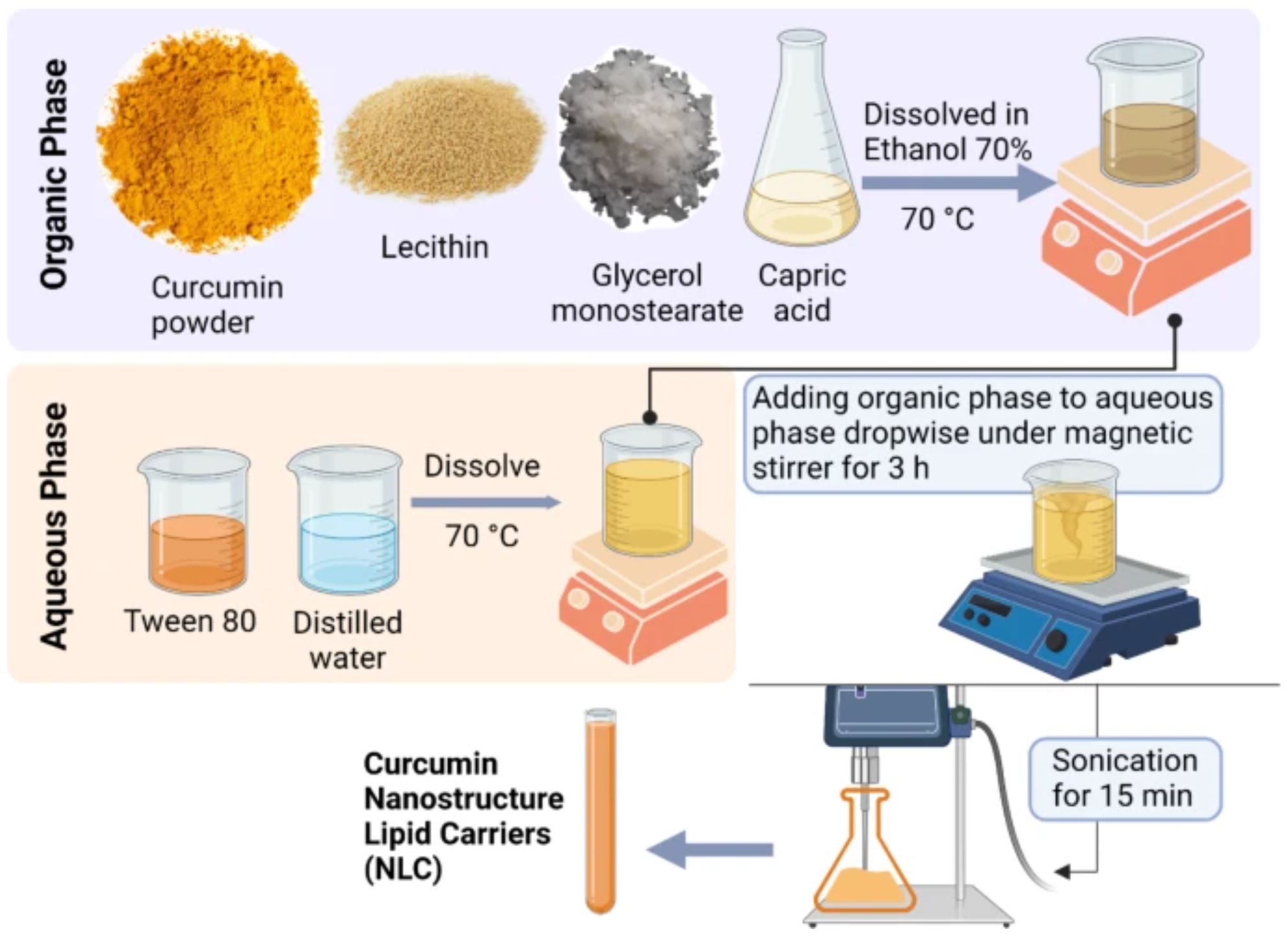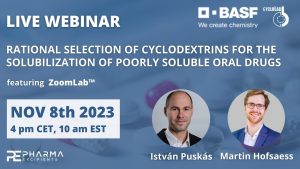Curcumin-infused nanostructured lipid carriers: a promising strategy for enhancing skin regeneration and combating microbial infection

Abstract
Background
Curcumin is a biomolecule that can be extracted from the Curcuma longa that has been shown to have the potential to aid skin wound healing. It has been studied for its anti-inflammatory and antioxidant properties, which may help to reduce swelling and promote tissue repair. However, curcumin has low solubility in water, which can limit its absorption and bioavailability. Encapsulating it in lipid nanoparticles may help to increase its absorption, leading to improved bioavailability.
Methods
Curcumin-loaded nanostructure lipid nanocarriers (CURC-NLCs) were prepared and characterized. Also, the phenolic, flavonoid contents, antioxidant and antimicrobial efficacy against gram-positive and gram-negative bacteria were investigated. Furthermore, in vivo rabbit animal model was used to test its regenerative capacity and wound-healing efficiency.
Results
The CURC-NLCs significantly increased the content of phenolic and flavonoid compounds compared to curcumin, resulting in a dramatic increase in antioxidant activity. CURC-NLCs also showed a potent inhibitory effect on Gram-positive, Gram-negative, and fungi, two times higher than curcumin. CURC-NLCs showed a higher potential to fasten the wound healing of full-thickness skin injuries as it resulted in 1.15- and 1.9-fold higher wound closure at the first week of injury compared to curcumin and control, respectively (p < 0.0001).
Conclusion
These results suggest that CURC-NLCs have an excellent potential to promote skin regeneration, which could be attributed to its antioxidant and broad-spectrum antimicrobial effect.
Download the full article as PDF here Curcumin-infused nanostructured lipid carriers_a promising strategy for enhancing skin regeneration and combating microbial infection
or read it here
Materials
Curcumin (C1386), 2,2-Diphenyl-1-picrylhydrazyl (DPPH), and Folin-Ciocalteau phenol reagents were obtained from Sigma-Aldrich (St. Louis, MO, USA). Other chemicals include ascorbic acid, capric acid, glycerol mono-stearate, lecithin, sodium carbonate, tween 80, tannic acid, Carbopol-942, triethanolamine, propylene glycol, ethanol, and methanol were purchased from EL-Gomhouria Company (Alexandria, Egypt). In addition, xyla-Ject (xylazine hydrochloride) and ketamine hydrochloride (ET13L087-11) were obtained as anaesthetic drugs for surgery from ADWIA Co. (10th of Ramadan City) and Rotexmedica (Trittau, Germany), respectively.
Elkhateeb, O., Badawy, M.E.I., Tohamy, H.G. et al. Curcumin-infused nanostructured lipid carriers: a promising strategy for enhancing skin regeneration and combating microbial infection. BMC Vet Res 19, 206 (2023). https://doi.org/10.1186/s12917-023-03774-2
See the webinar:
“Rational Selection of Cyclodextrins for the Solubilization of Poorly Soluble Oral Drugs”, 8. November 2023:
Get more information & register here for free:


